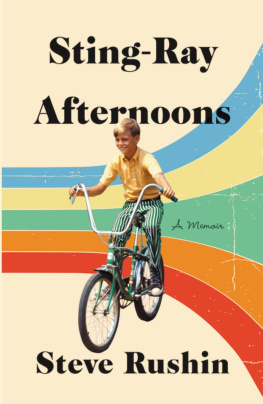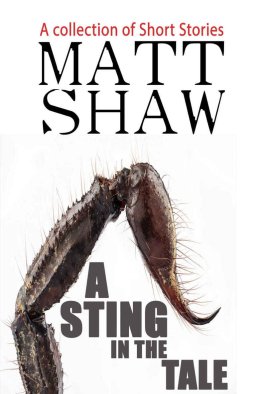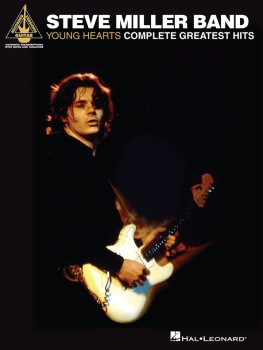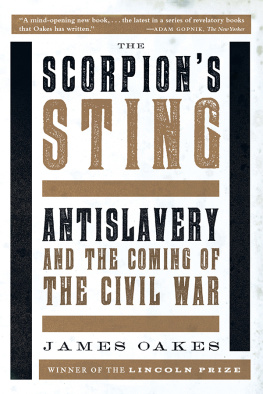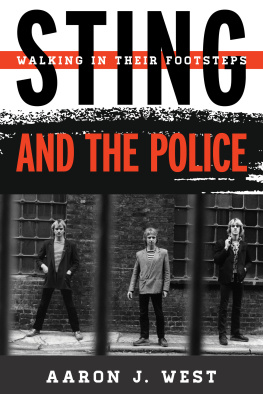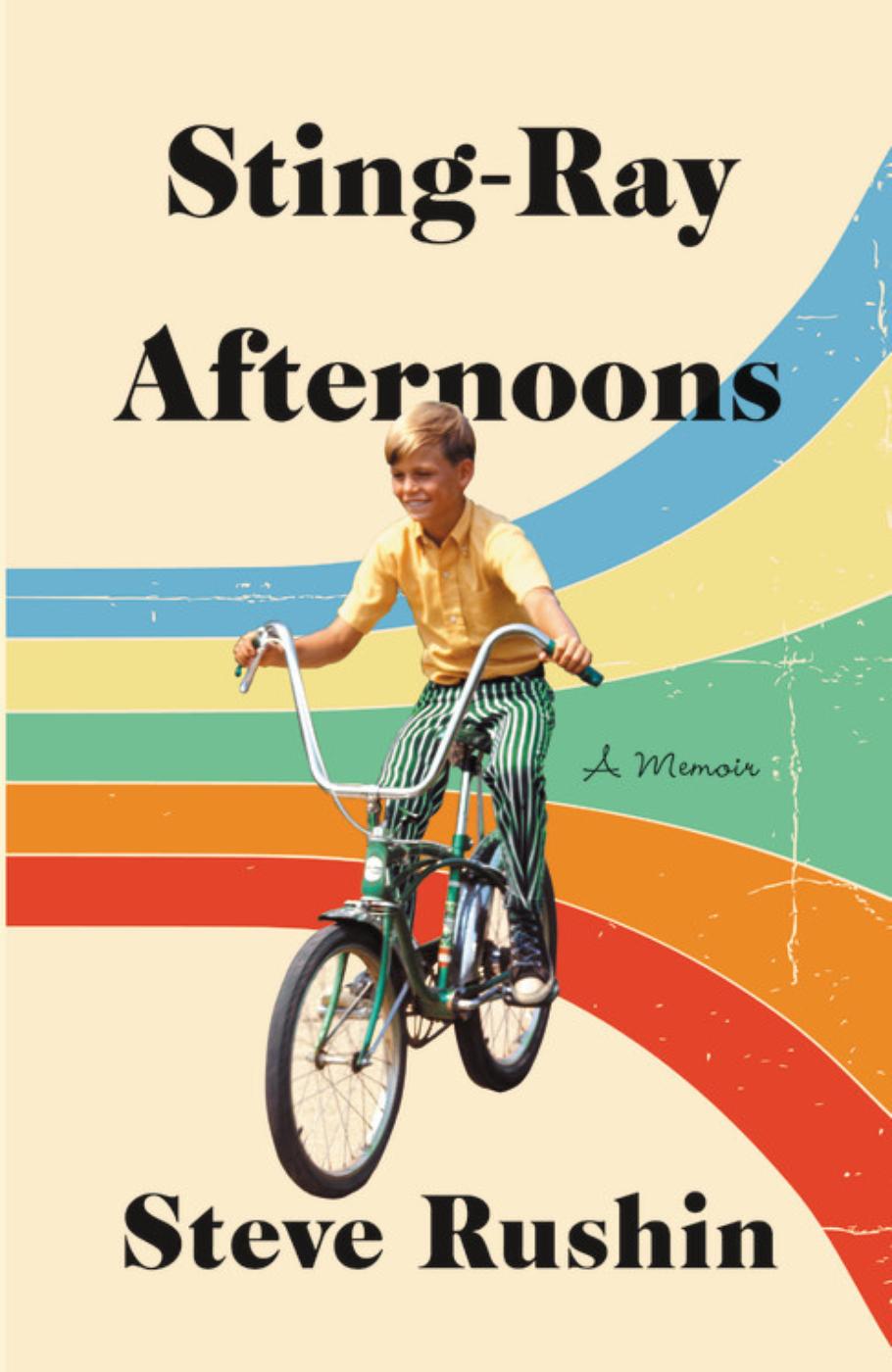Certain names and identifying characteristics have been changed.
Hachette Book Group supports the right to free expression and the value of copyright. The purpose of copyright is to encourage writers and artists to produce the creative works that enrich our culture.
The scanning, uploading, and distribution of this book without permission is a theft of the authors intellectual property. If you would like permission to use material from the book (other than for review purposes), please contact permissions@hbgusa.com. Thank you for your support of the authors rights.
Little, Brown and Company is a division of Hachette Book Group, Inc. The Little, Brown name and logo are trademarks of Hachette Book Group, Inc.
The publisher is not responsible for websites (or their content) that are not owned by the publisher.
The Hachette Speakers Bureau provides a wide range of authors for speaking events. To find out more, go to hachettespeakersbureau.com or call (866) 376-6591.
All photographs are from the collection of the author, unless otherwise noted. The Alan Page anecdote originally appeared in slightly different form in Road Swing by Steve Rushin, Doubleday, 1998. Portions of Thanks, Your Honor and Cold Comfort reprinted from Sports Illustrated, 2000, 2005 by Time Inc.
I m a product of the 1970s. Like other products of that agethe Boeing 747 and the Schwinn Sting-Ray bicycleI was conceived in the 1960s but fully flowered in the decade that followed, when I saw my first Sting-Ray through a heat shimmer on West 96th Street in Bloomington, Minnesota. It was electric-greencalled Flamboyant Lime in the cataloguewith ape-hanger handlebars and a banana seat bedazzled with glitter. These were little silver flakes embedded beneath a rubberized clear-coat, so that a Sting-Ray seat shone like the kitchen linoleum in a Mop & Glo commercial.
Everything gleamed or glinted on TV in the 70s, from the flavor crystals in Folgers coffee to the yellow dentures dipped in Polident and instantly restored to pristine, piano-key whiteness. This cleansing was often done by a fastidious mascot: Mr. Clean or the Ty-D-Bol man or those kamikaze Scrubbing Bubbles, who scoured the tub then dived to their death down an echoey drain.
My mother was a fastidious mascot in her own righta Swiss Army knife of housekeeping implements, armed to the teeth with feather duster and Bissell broom and lemon-scented Pledge. With the ease of a riverboat poker dealer, she could flick five coasters beneath as many sweating Kool-Aid glasses from ten yards away.
She often found me, the idlest of her five children, beached on a burgundy love seat, watching a wood-paneled Zenith that was camouflaged in a wood-paneled living room. Stop gathering dust, she would say while she gathered up dust. I came to understand that it was really the dust that bothered her more than the indolence. In later years, shed arm-sweep the entire contents of my brother Johns cluttered dresser top into the wastebasket, then tip the wastebasket into the garbage can in the garage, where John would findplaying a hunch, after a frantic searchhis wallet, his drivers license, and his life savings of twenty dollars.
When Mom snapped off the TV, the image would shrink toward the center, as if also disappearing down a drain. I would pass my hand across the warm surface of the screen. It would crackle with an electromagnetic force field, literally drawing me to it, the fine hairs on my arm bending toward its bottle-green glass.
Out, Mom would say. A banana-yellow finger, gloved in Playtex, pointed to the screen door.
The index finger of her other hand would be poised on the trigger of an aerosol can of Glade. Mom might not have torn the hole in our ozone layer on her own, but she substantially enlarged it with her Cool Lime fumigations of the bathroom.
Out, Mom would say again. Get some fresh air.
The air freshener did not count as fresh air, despite my making the point that it should, and I was eventually flushed from my own house every summer afternoon, like Fred Flintstone put out by his cat.
This was never a happy development. I was a second-generation indoorsman, following in the house-slippered footsteps of my father, who avoided nature when he wasnt selling eight-track tapes for the 3M Company in Saint Paul. And also when he was. To him, nature was a perversion, so much so that he had a private nickname for the guy who walked his dog by the little brook across from our house every morning: the Creek Freak.
Get a loada the Creek Freak, hed say, peering through a gap in the curtains. Hes walking the dog. He said this as if dog walking was a euphemism for some comical perversion.
Needless to say, we had no cabin Up North. We didnt camp or boat or hunt. We had no pets: no dogs, no goldfish, no weekends hosting the hamster on loan from Saint Stephens Nursery School. In fairness, my mother once descended to our basement to get a steak out of the freezer, and when she pulled the chain to light the room, she saw a garter snake coiled at her feet, cooling itself on the concrete floor. She screamed. If the basement had had windows, shed have leapt onto the curtains and clung to them, teeth chattering, like Scooby and Shaggy when they saw a ghost.
Between screams, Mom managed to cover the snake with a bucket, which she duct-taped to the floor, so that when Dad came home from work eight hours later in a suit and tie he found, in the dark, an enraged reptilecoiled and claustrophobicwaiting to strike. He just managed to slide a copy of the REO Speedwagon album You Can Tune a Piano, but You Cant Tuna Fish between the concrete floor and the bucket and in that manner conveyed the snake upstairs, out the front door, and into the marshy parkland across the street.
Snakes were one of the reasons not to be outside in Minnesota on a summer afternoon in the 1970s, but there were many others, including tornadoes, mosquitoes, stray dogs, dragonflies, gnats, bees, killer bees, wasps, ticks, andto judge by a terrifying line repeating on the radioalligator lizards in the air. More fearsome still were bullies and hippies, who hung out in the elm trees in the park across the street, many of which were marked for executionthe trees, not the hippieswith a spray-painted X, the scarlet letter of Dutch elm disease.
Of the many perils of being out of doors, the worst by far was boredom. Theres nothing to do, Id say.
Find something, Mom would reply.
We played Kick the Can, Dad would say. We kicked a can down the street. Theres always something to do.
In the garage, out of the sun, I would sit on Dads olive-green army footlocker, a relic of his peacetime service between Korea and Vietnam but long since filled with sporting goods worn to nubbins by five kids. Sitting on all those footballs and basketballs and tennis balls for thirty minutes or longer, wondering how to pass the time, I half hoped they might hatch. And in a manner of speaking, they did.
With the empty afternoon hours stretching to the horizon, Id head soccer balls in the driveway, keeping a meticulous account of my personal record for consecutive touches, which eventually ran into the hundreds. Id bash tennis balls against the brick wall in the garage with a Wilson T-2000 racquet or hit fungoes to myself in the front yard, towering pop flies that Id try to catch bare-handed. Settling under what baseball announcers always called a tall can of corn, Id compose lines in my head for Carnac the Magnificent, Johnny Carsons soothsayer, who was given the answers and then had to divine the questions on

